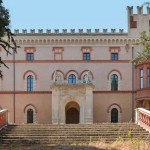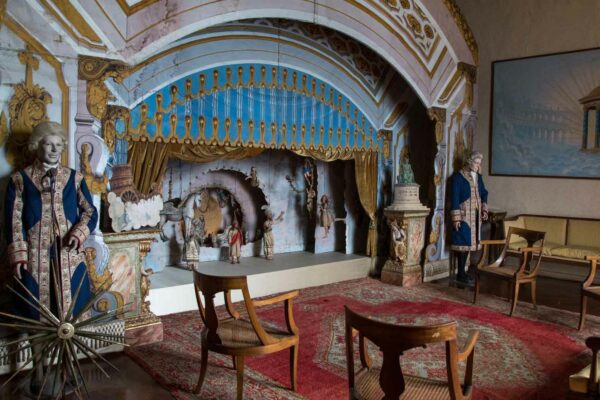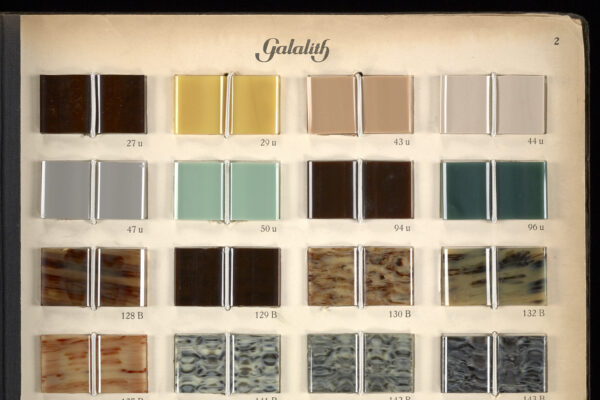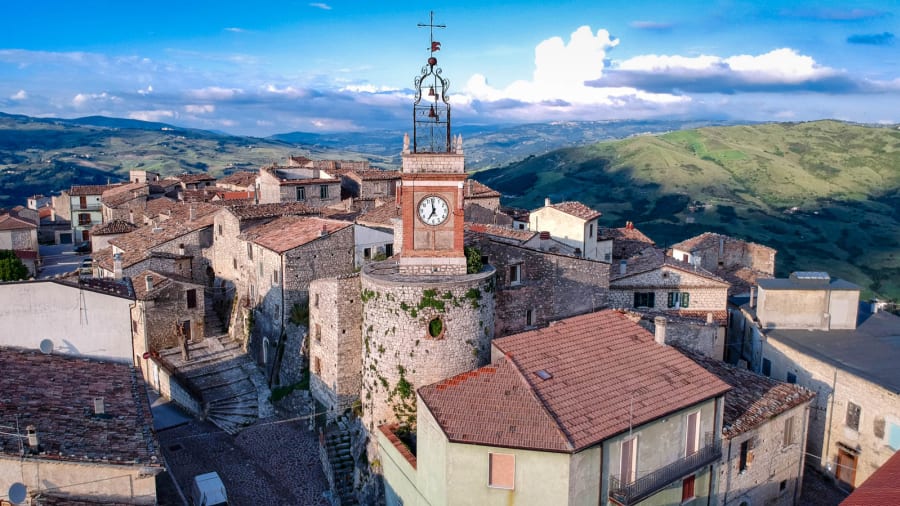
It’s been a rough few years, but it’s also been a time for re-evaluating our lives and dreaming “out of the box”. Back in 2015, we caught wind of the first Italian towns to adopt the appealing concept of giving away or selling abandoned houses for the symbolic price of 1 euro, in a bid to revive their steadily-shrinking populations and inject new life into these rural regions. Since then, small-town mayors across the country have joined the initiative, so much so that it’s almost been hard to keep track of them. There’s been a lot of interest, particularly from American citizens, and for many towns, application forms are more numerous than houses available, but hundreds of homes have been sold so far. Each town has its own variation on the process to acquire the 1 euro properties, but the general understanding is that buyers must be committed to homes that are in need of restoration, many of which have been abandoned for generations.
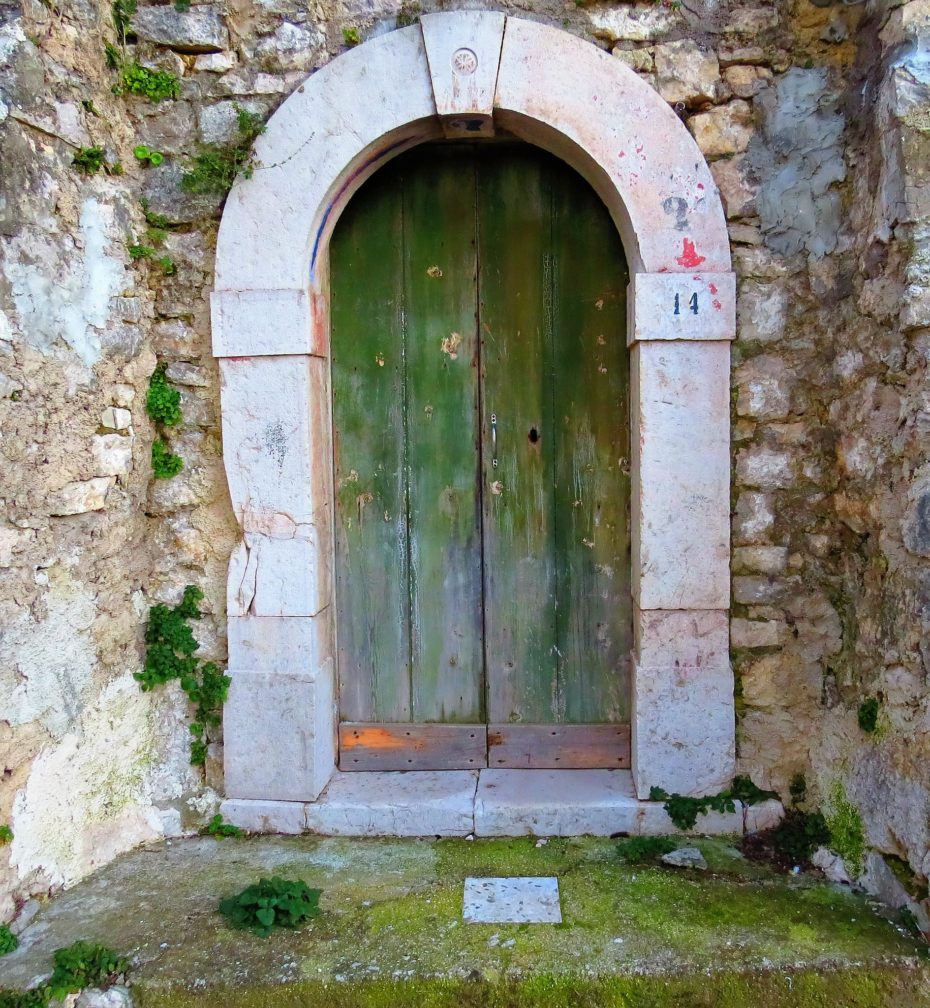
Once buyers have secured an empty building, they’ll need to account for the renovation costs and in some cases, a small deposit is required (between 1,000 and 5,000 euros), which is refunded once the property is fully renovated as promised. Benefits include grants for start-up a businesses and tax deductions of up to 50% for the cost of restoration. We won’t pretend it’s as simple as it sounds (especially without some knowledge of the Italian language or a willing translator), but the municipalities and local experts are doing everything they can to facilitate the practical implications of foreigners relocating or buying a property in Italy. At the end of the article, we’ve linked two useful and recent webinars with leading professionals to get into the nitty gritty details, but to start off with, I thought we’d give a quick rundown of the Italian towns and villages with homes currently available under the 1 euro home initiative as of December 2020. Andiamo!
Castropignano
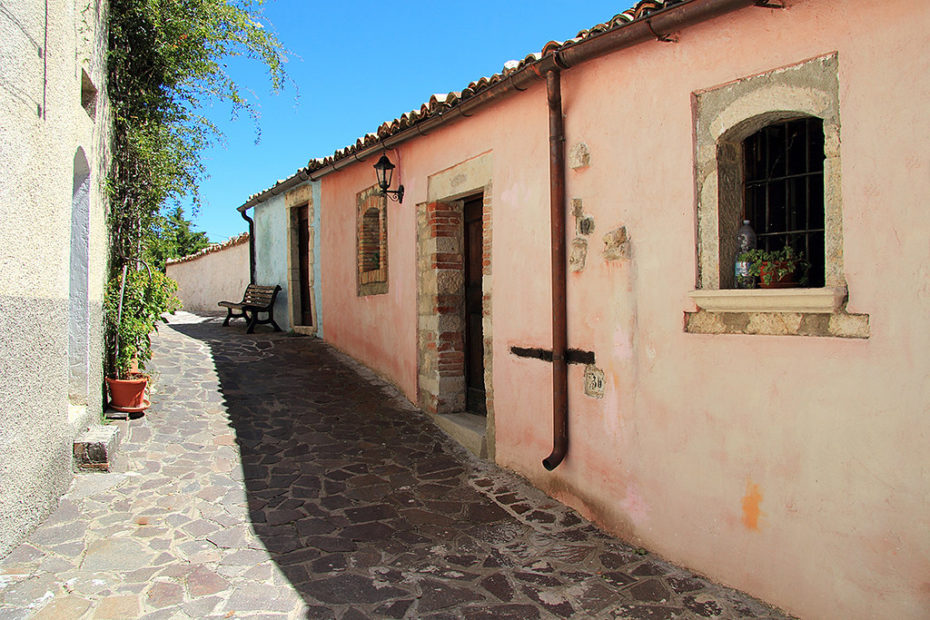
Situated between Rome and Naples on a rocky hilltop in Italy’s central Apennine mountains, Castropignano is a historic village with just 923 inhabitants and has become the latest town to join Italy’s One Euro House scheme. The mayor hopes to play matchmaker between interested foreigners and empty homes for the future of the medieval town.
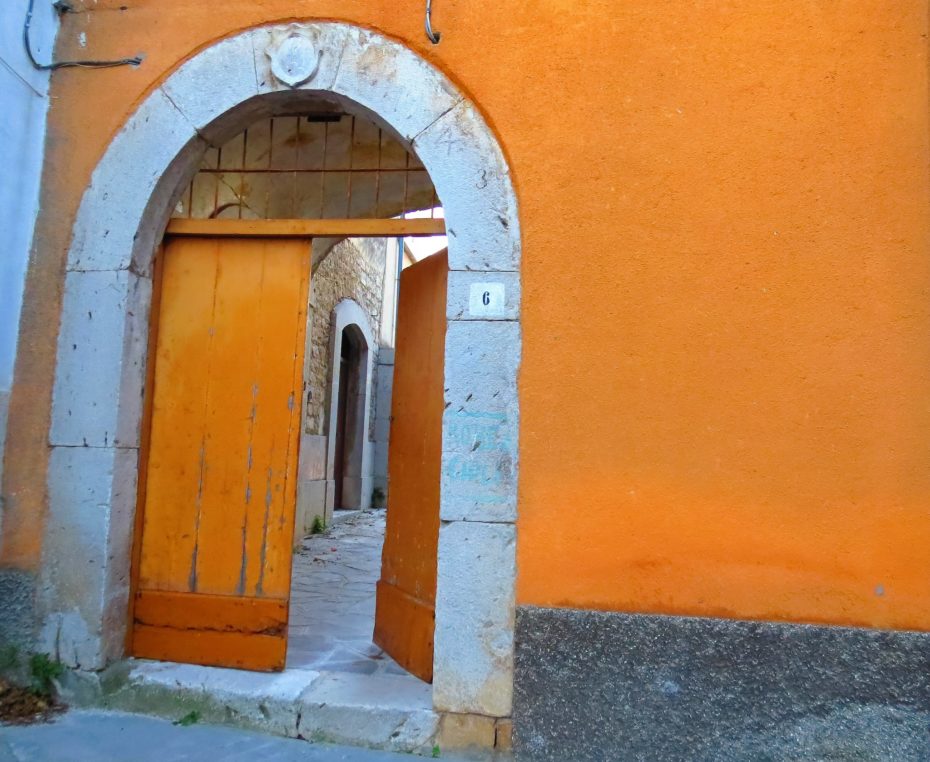
In a nutshell, once buyers have purchased a building, they’ll need to start work within two months from the date the building permit has been issued and give a deposit of €2,000 – which will be refunded once the property is fully renovated. The village’s mayor has offered up her direct email (nicola.scapillati@me.com) for applications.
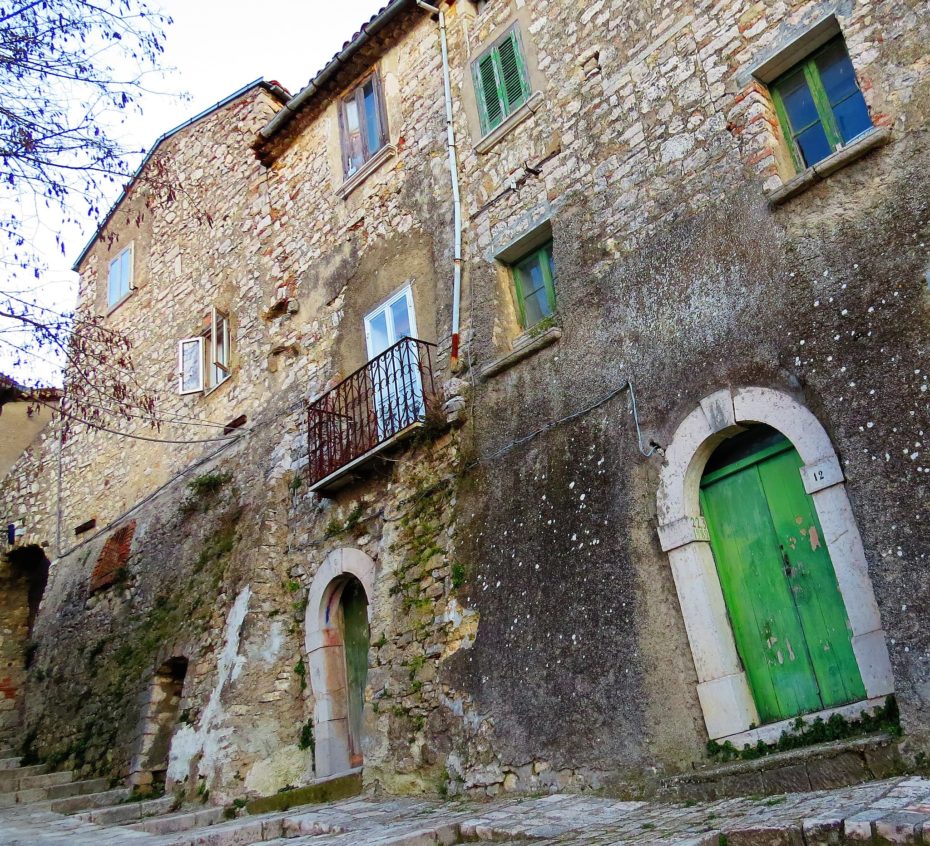
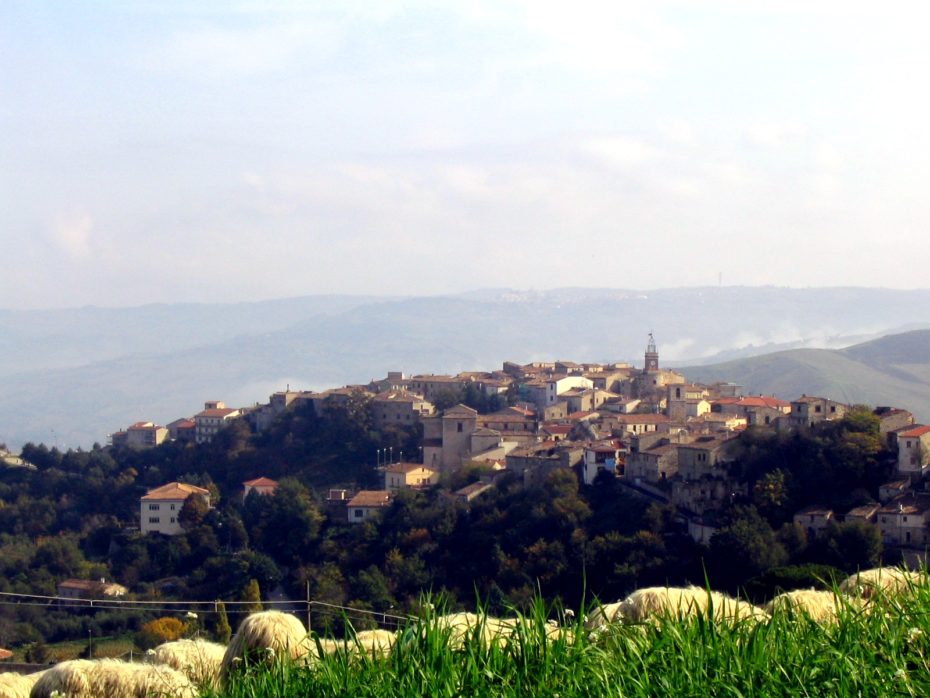
Sambuca, Sicily
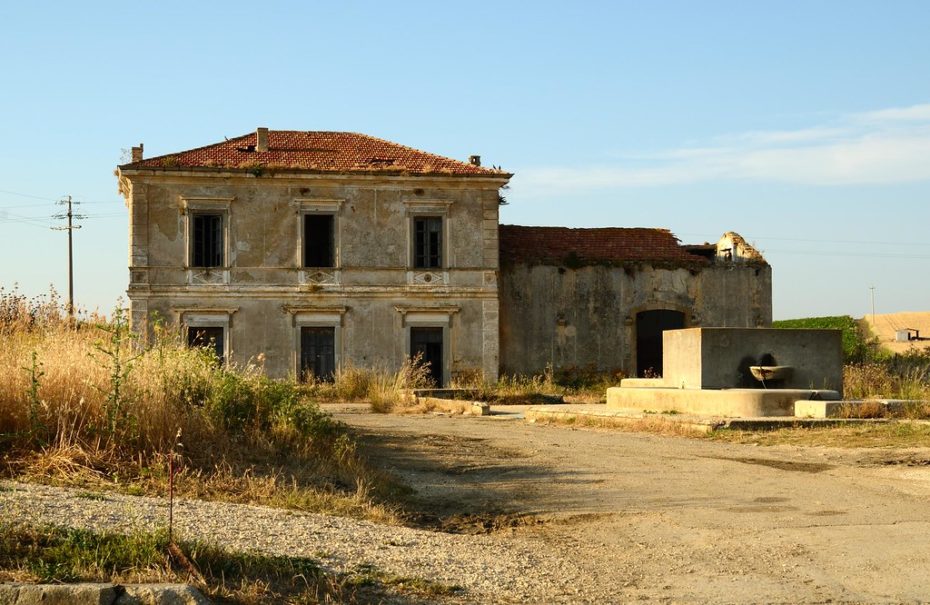
Founded by the Arabs before the Year 1000, the town is included in Italy’s “Most Beautiful Villages Club”, thanks to its artistic, cultural and historical relevance. After its initial success adopting the 1 euro scheme, the village is now on its second round of selling houses for a symbolic price – this time for 2 euros, after making 16 more properties available for sale. To take a look at some of the specific houses for sale, you’ll find them linked on this list on Sambuca’s website.
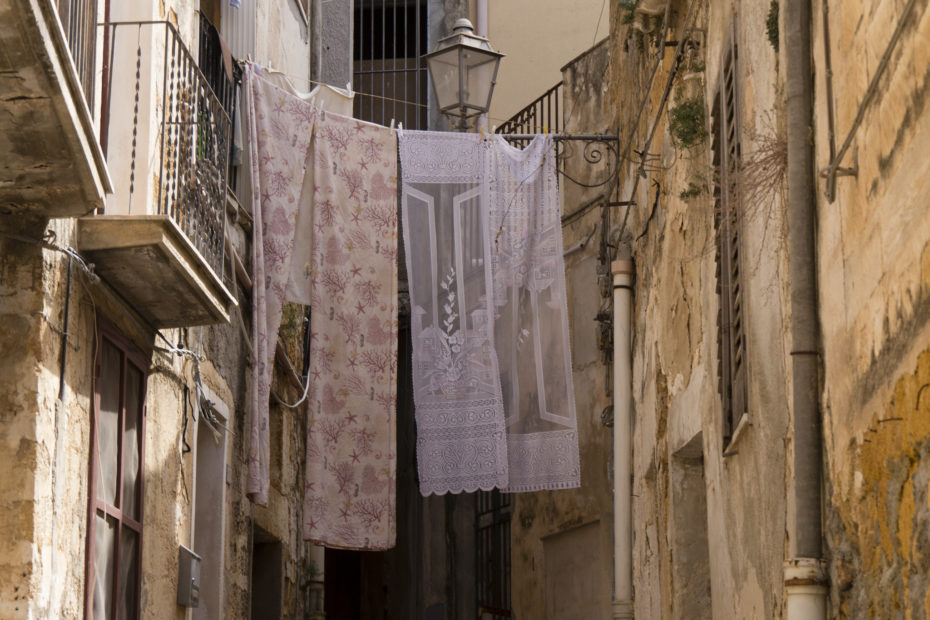
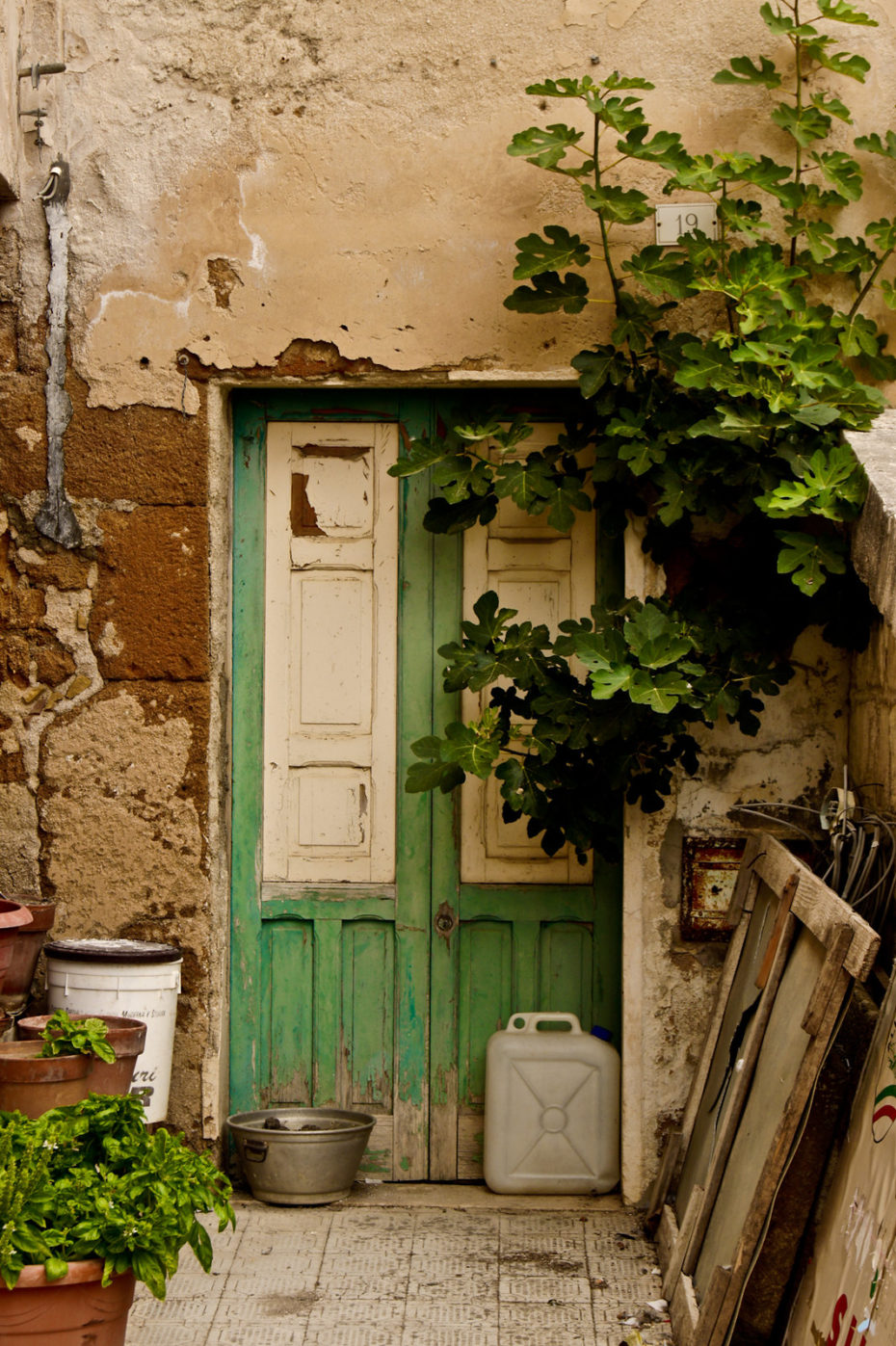
“We wanted to make this new project ‘houses for 2 euros’ to highlight that is a phase B. Phase A with the 1 euro properties was a fascinating phase, and now phase B wants to highlight a sort of leap forward,” says the mayor. “The people who bought the properties are all professionals, people who can make a contribution in terms of cultural development and stimulation in the local community. There are journalists, writers, two actresses and a singer, amongst others. This means that the village is a fascinating place, even more so because many have settled in Sambuca for a long time”.”
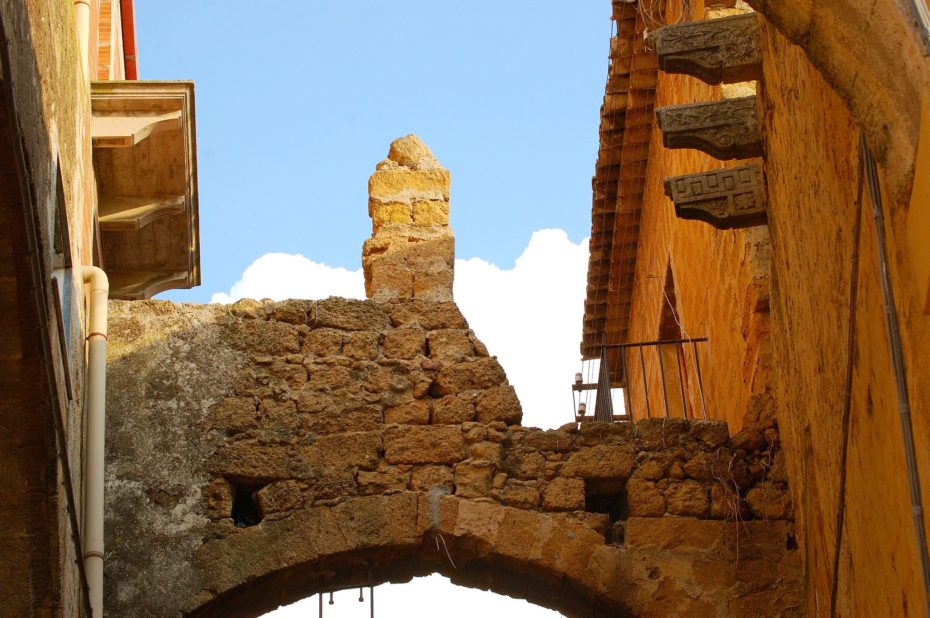
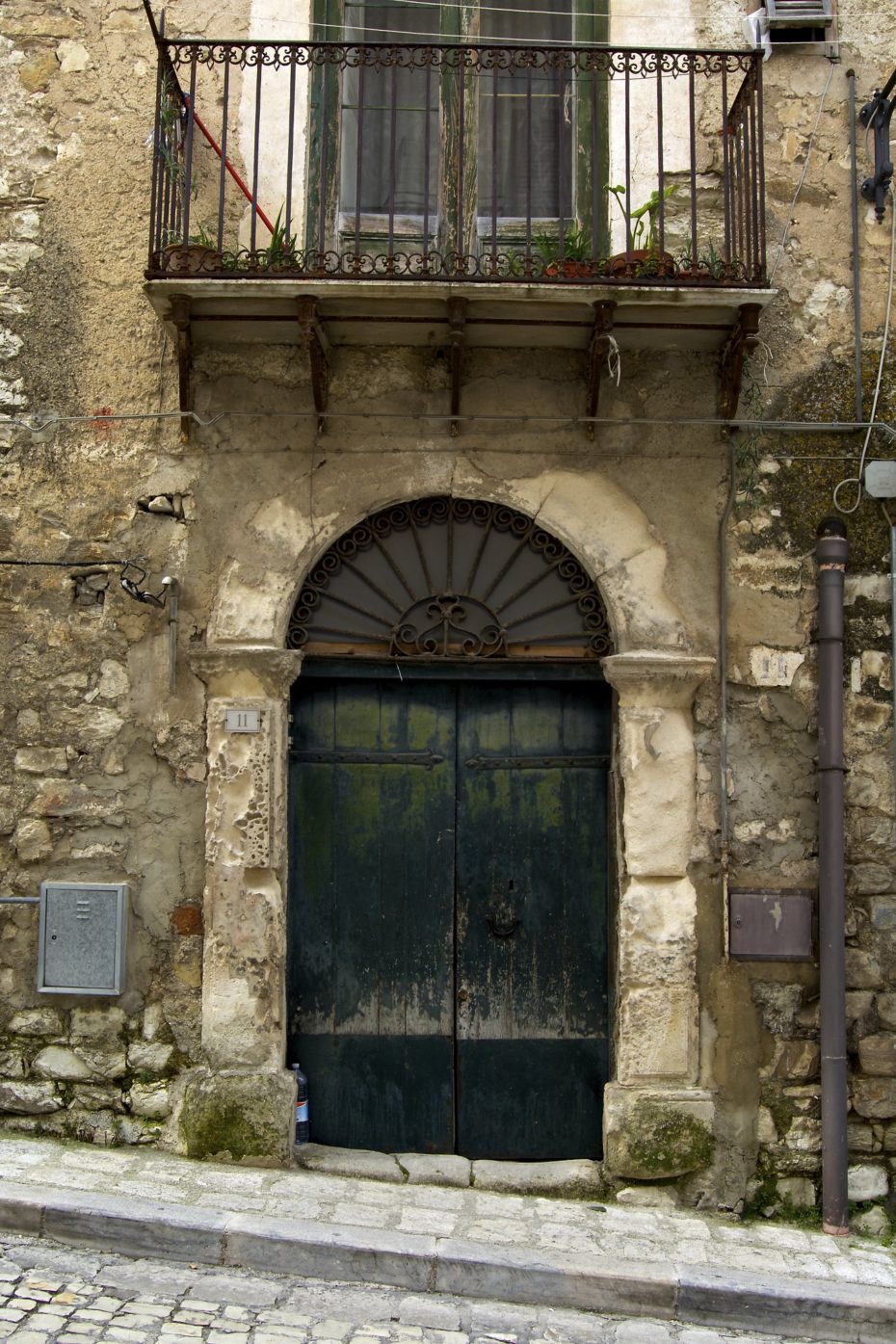
Buyers will have 3 years to complete a renovation of the property. To select people that are really interested, a deposit of 5,000 euros is also required at the time of the request to participate in the project, which will be returned after the end of the refurbishment. Many towns adopting the initiative also request that buyers hire local artisans and builders for the renovations. More info here.
Santo Stefano
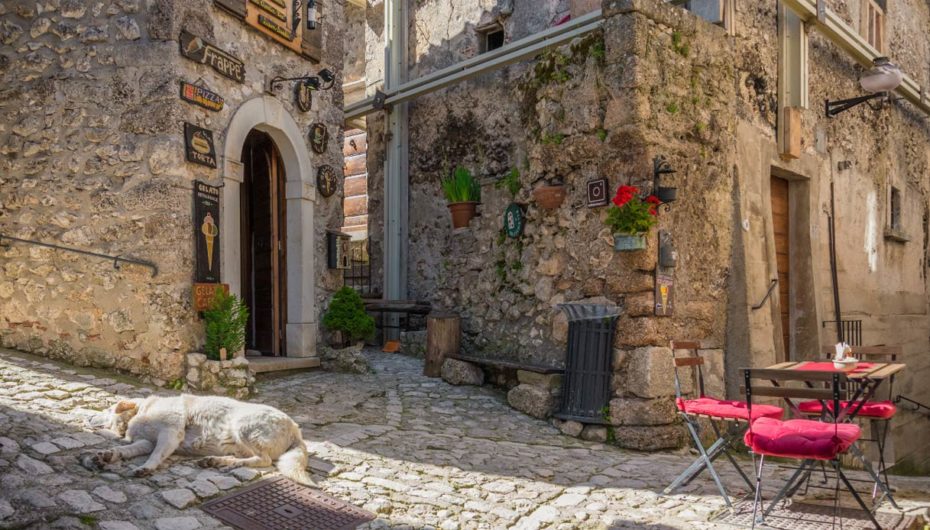
Santo Stefano is best known for Sextantio, its upscale ‘albergo diffuso’, and perhaps one of the most popular towns to join the 1 Euro project. Offering some of the most attractive benefits, Santa Stefano has offered grants of up to 20,000 euros to start a business there, as well as monthly grants to support them with a place to live while renovations take place. Controvertially, they also capped the age of applicants at 40 years old. The administration identified several activities and businesses that would be favoured in the application process, such as tour guides, a drugstore operator and food producers.
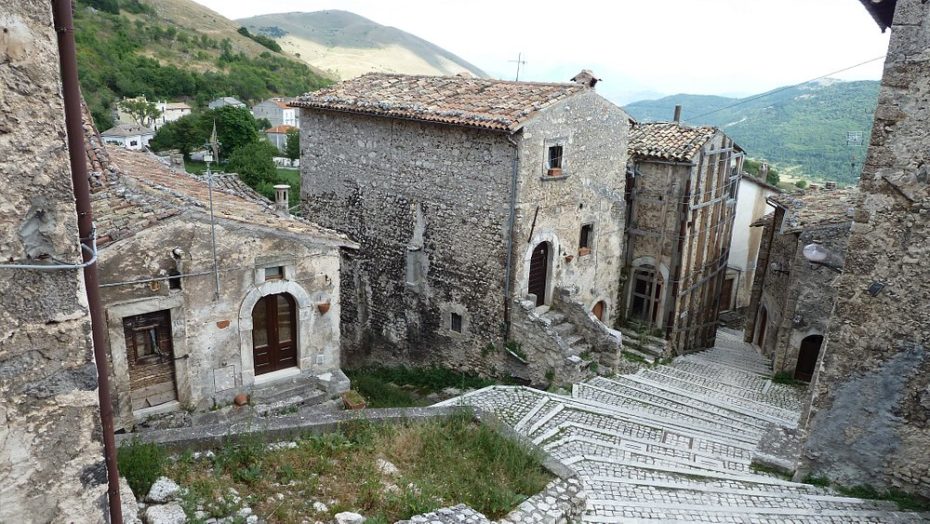
The deadline for 2020 applications has already passed this November, but new phases for the initiative can be expected for 2021.
Further enquiries here.
Nulvi, Sardinia
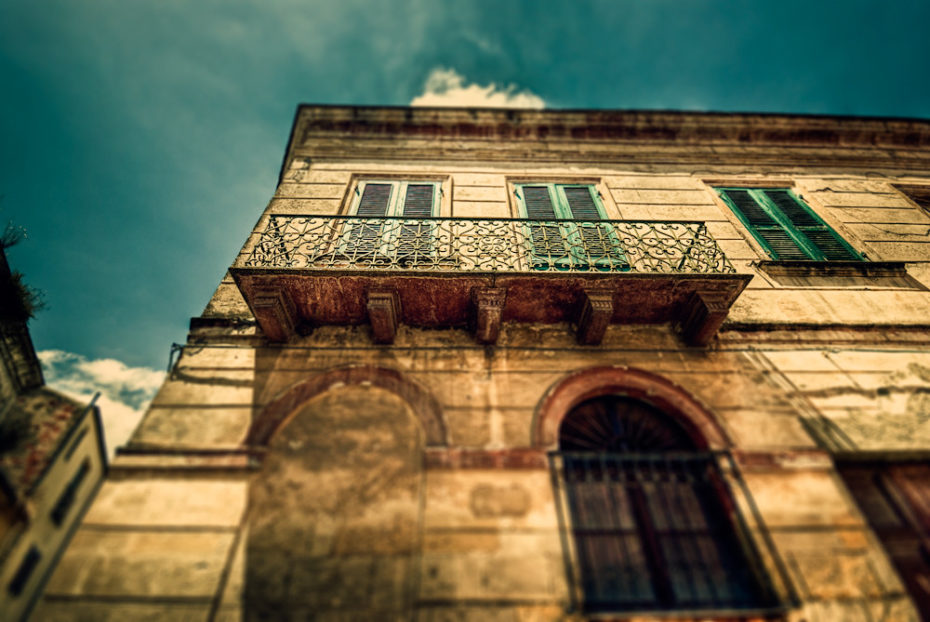
There are currently five old and decadent “1 euro” houses available, some in good condition, in the town of Nulvi in the North Sardinia, a 15 minute drive from the sea. The municipality promises to take care of all the bureaucratic process and buyers are not required to be Italian or live in Sardinia – the property can be considered as a secondary home. Once the house is bought, you have 3 years to complete the renovation.
More info.
Ollolai, Sardinia
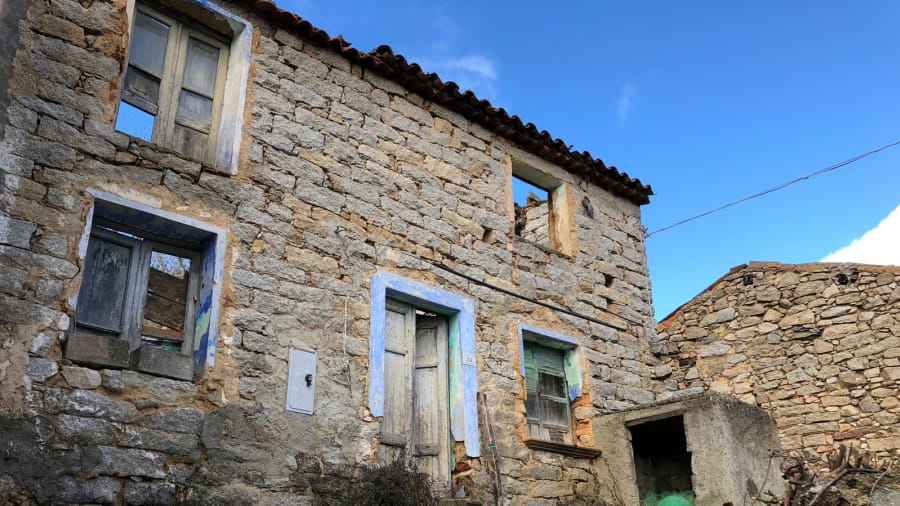
Ollolai’s population has shrunk from 2,250 to 1,300, with only a handful of babies born each year. It remains the most untouched and authentic patch of Sardinia, still faithful to its pagan folklore.
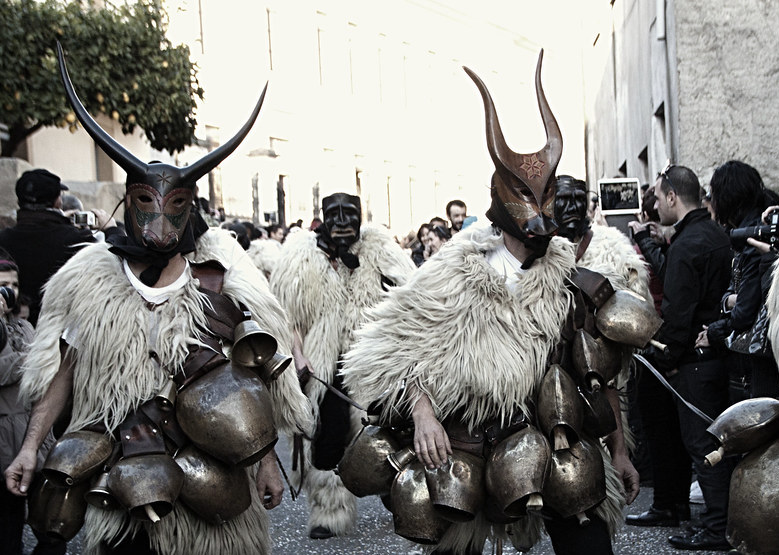
Once buzzing, its maze of alleys and mural-covered piazzas are now silent, as younger residents have been lured away to bigger cities. Without the means to renovate or continue paying utilities and taxes on their ancestral homes, Italian owners have left properties to deteriorate. The role of the municipality will be as intermediary to connect those who want to dispose of their “ruin” with those who want to restructure it.
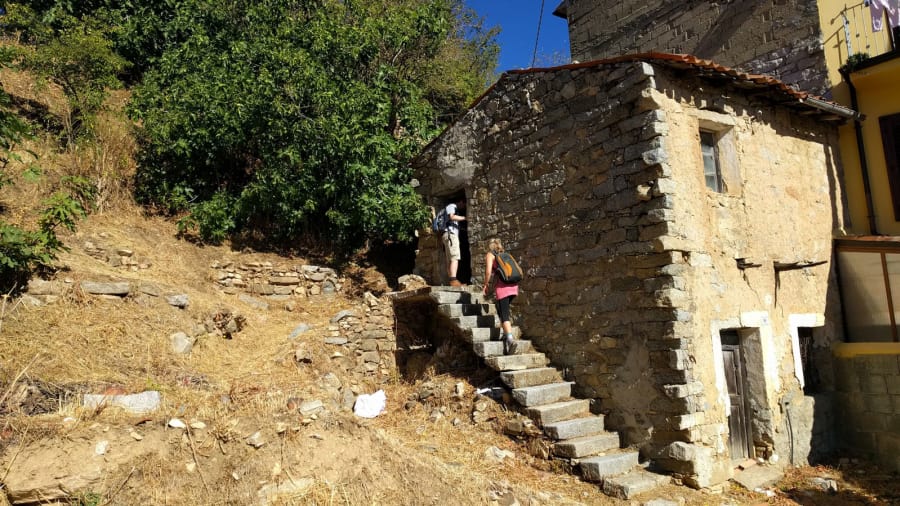
“This is how it works – explains the mayor of Ollolai, Efisio Arbau. “The owners of unused homes, for which the property represents only a cost, sell their own dilapidated house to the municipality for a symbolic price. We then insert it in the circuit of Houses for 1 Euro in favour of purchasers who become the new owners, committed to renovating and using them. Private individuals who want to sell, can choose one of two solutions: either they perform the restoration works themselves with the help of aid funds ranging from 20 to 60%, depending on the type of intervention, or the work can be carried out by the municipality and a third-party operator. In the latter case, the private individual sells at a symbolic price the unused house for the total restructuring and the admission of the property in theHouses for 1 Euro circuit.”
Many of the stone-built dwellings up for grabs are in poor condition and refurbishment costs on an average house in Ollolai are estimated at around $25,000. Further enquiries here.
Fabbriche di Vergemoli
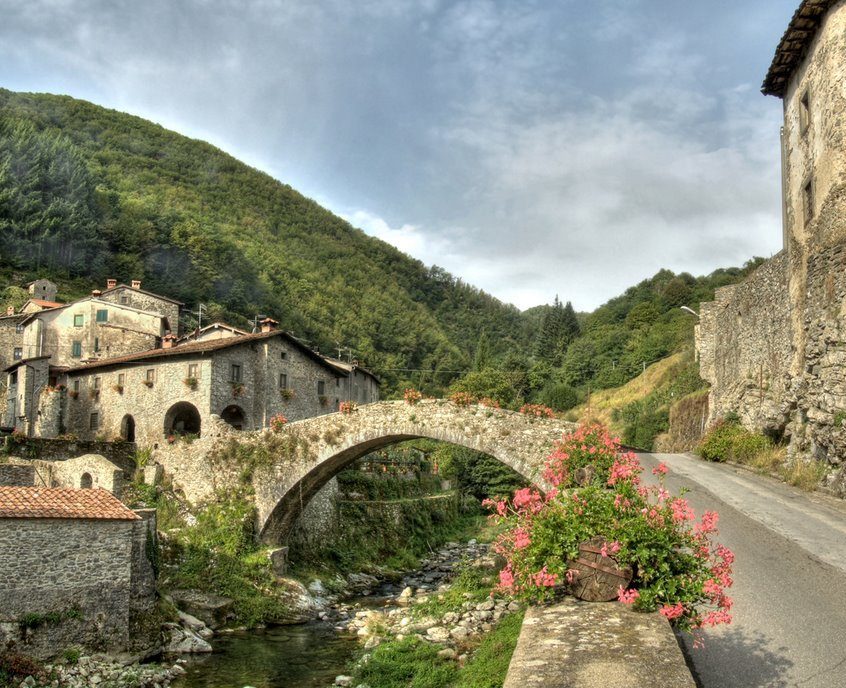
Fabbriche di Vergemoli is a village with 779 inhabitants in the countryside of the Garfagnana, halfway between the Apuan Alps Park and Lucca. Its history is ancient, dating to the pre-Roman period and began to develop when an iron mining trade was imported by foreign families for hunting tools and weaponry. Even today, the art of master craftsmen of the village is still visible in a few old shops that remain.
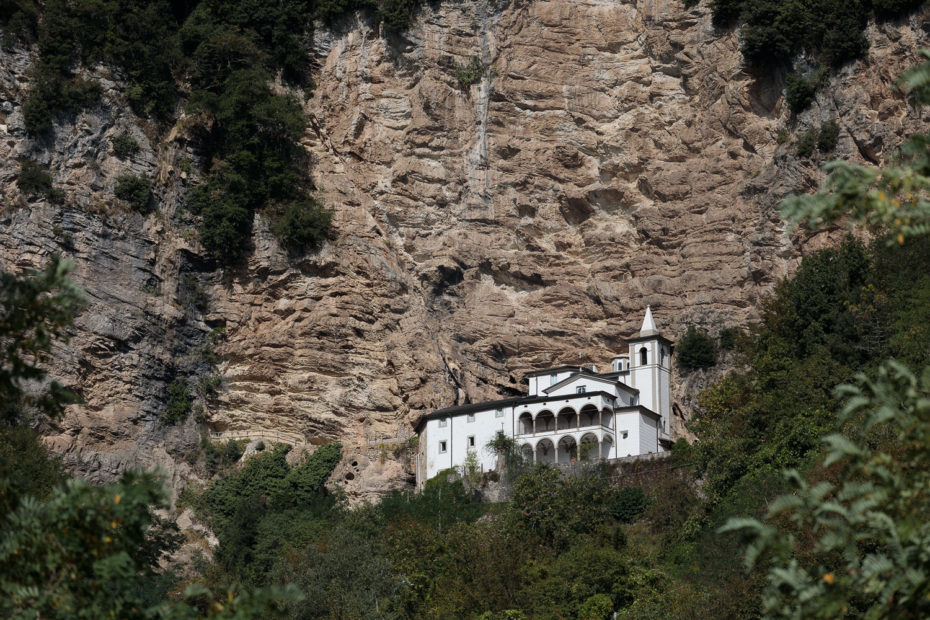
More information here.
Borgomezzavalle, Piedmont
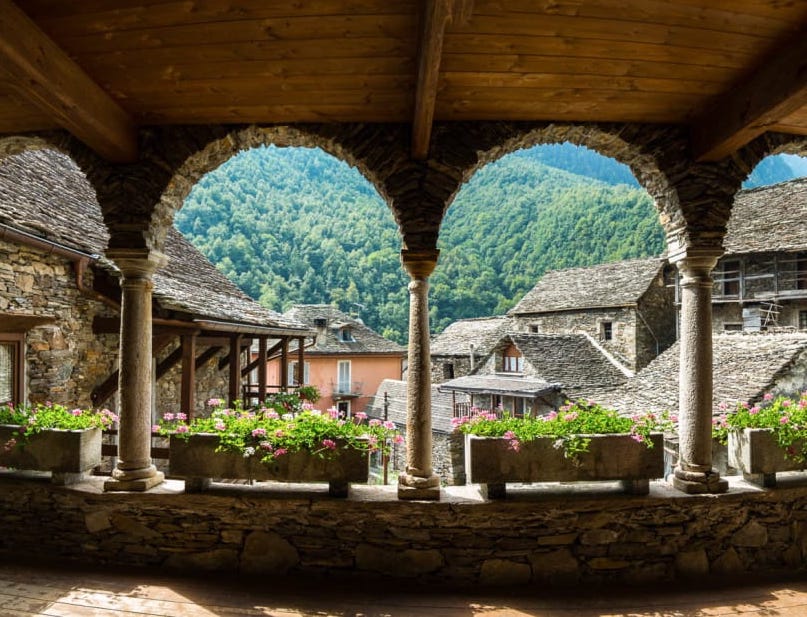
Borgomezzavalle’s population is down to barely 320 residents and the town’s mayor even launched another initiative to attract young residents by offering them €1,000 per child born there. Mayor Alberto Preioni told CNN Travel, “We’ve got tons of money to invest but we need kids and youth.”
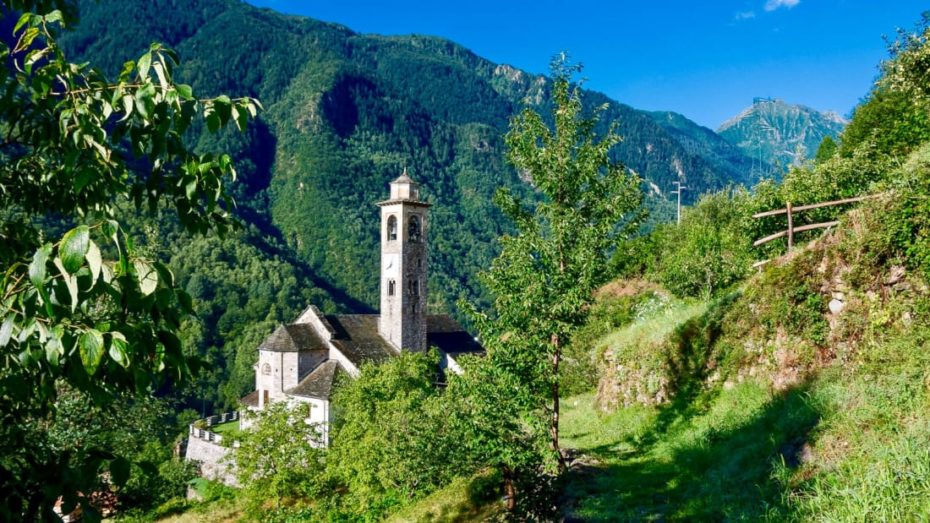
The town itself has a very recent history as it wasn’t founded until 2016, when two nearby municipalities of Viganela and Seppiana merged. In January 2019, in order to reverse the declining population in the village, Alberto Preioni, mayor of Borgomezzavalle, announced a plan to sell abandoned mountain cottages for just €1, and offered €2,000 to anyone starting a new business and who registers for VAT. Further enquiries.
Montieri, Tuscany
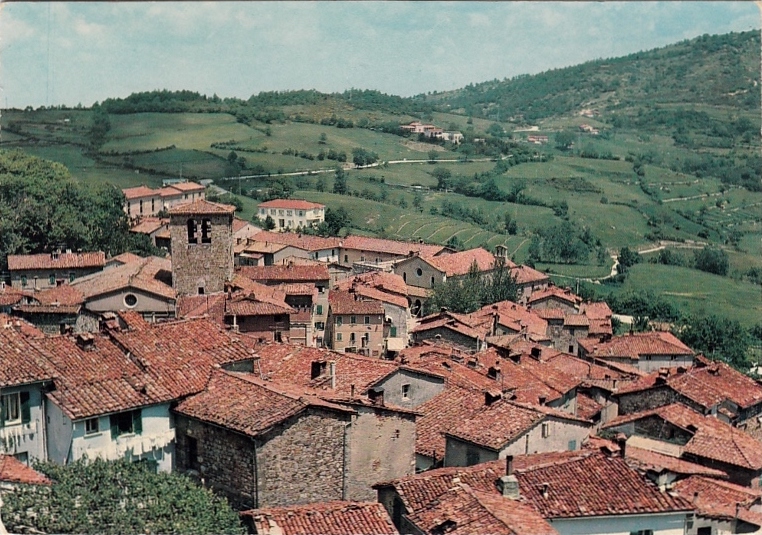
Montieri is located 700 meters above sea level; a quiet village where life has flowed at the same pace for centuries and “where residents live a very long and quiet life away from the clamour of the cities”.
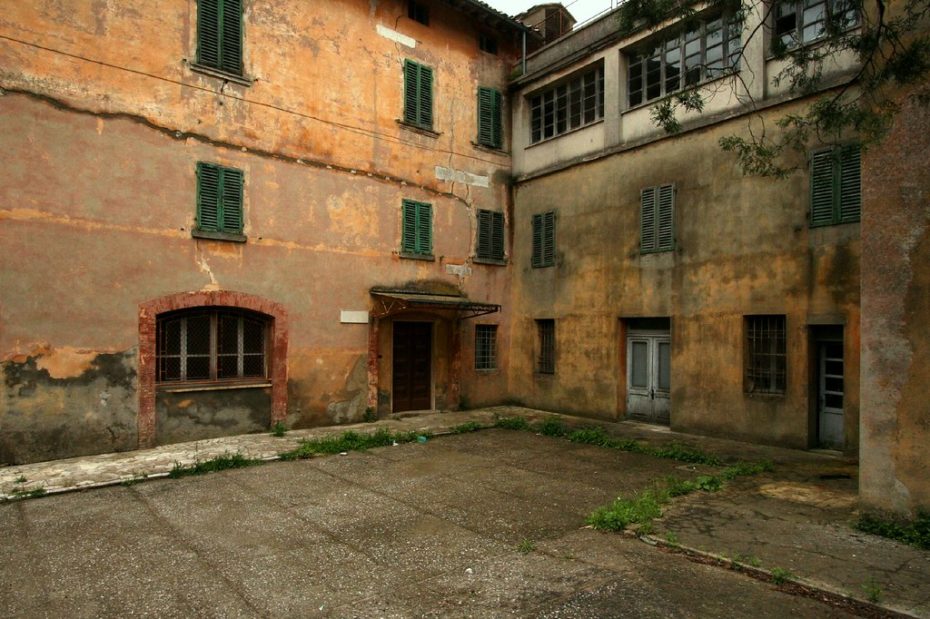
Since 2016 about 20 houses have already been sold, including one buyer who opened a Bed & Breakfast bringing new tourism to the town thanks to the initiative. Further enquiries and the mayor’s email address (Nicola Verruzzi) is sindaco@comune.montieri.gr.it
Carrega Ligure, Piedmont
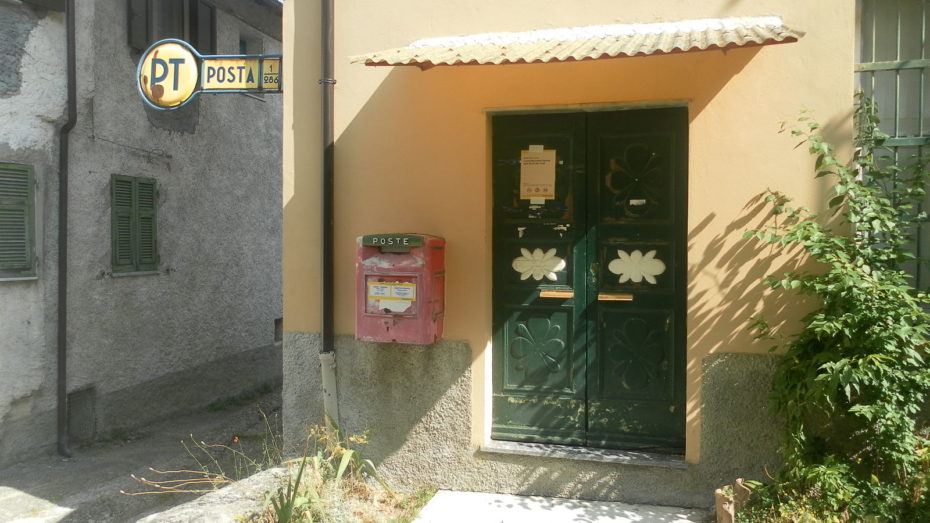
There are records at Ellis Island in New York that can show just how many residents Italian towns lost to the American dream. Thousands at a time, abandoned their homes to board trans-Atlantic ocean liners, sold to the prospect of a better life by shipping agents pushing emigration in the region. Beginning in the late 1800s, many inhabitants of Carrega Ligure emigrated to the Americas, leaving some homes in their sad and inexorable decline. To join the initiative, the municipality asks that you send your references to this email: case1euro@comunecarregaligure.eu
Lecce Nei Marsi
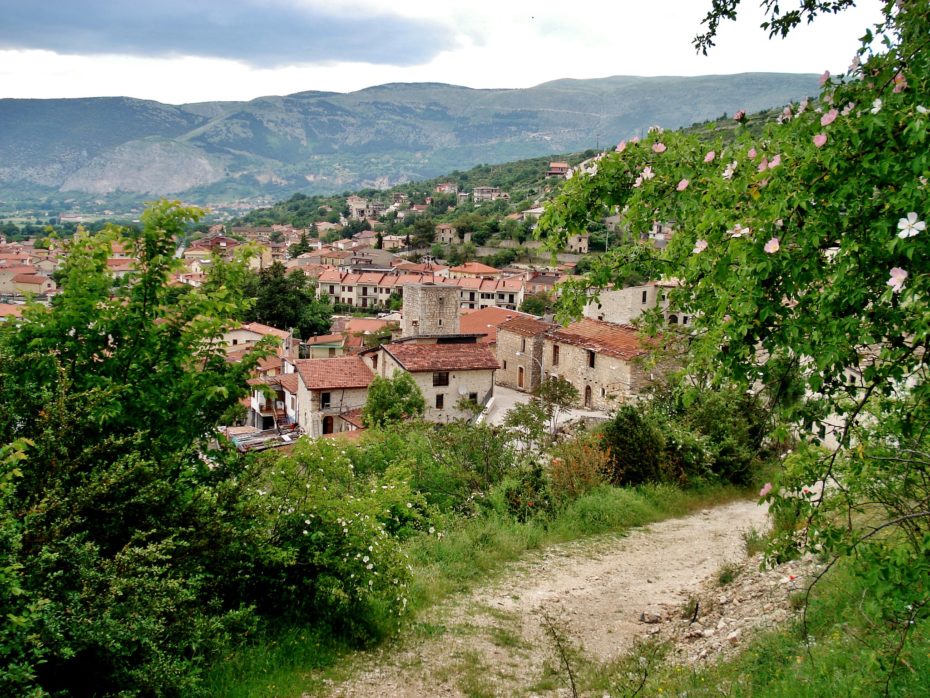
Today this small town in the Abruzzo National Park has a population density of only 26 inhabitants per kilometer and the mayor’s appeal has been directed especially to young couples.
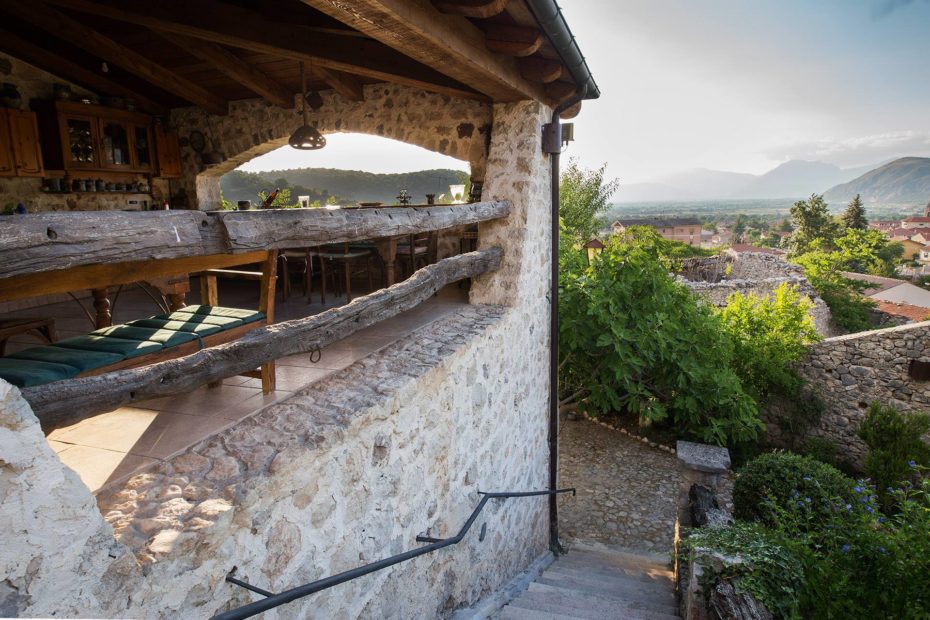
We noticed this lovely bed & breakfast operating in the town for inspiration. “The dream of living immersed in the strong and gentle nature of Abruzzo between woods and snow-capped peaks has become achievable”, says its mayor. Further enquiries to info@comunelecceneimarsi.it
Patrica
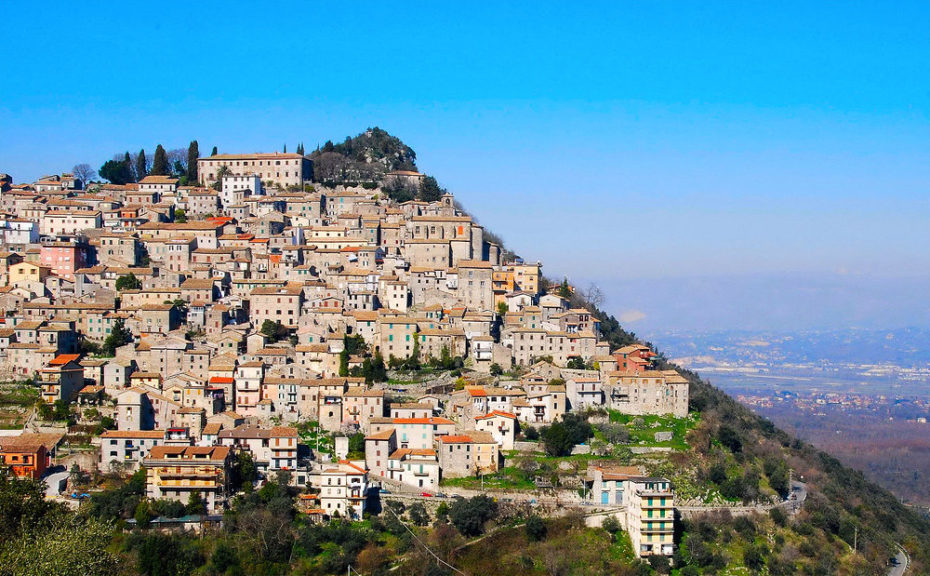
There are 38 abandoned properties currently waiting for revival in the hilltop village of Patrica, 70 kilometres southeast of Rome. During the 20th century, many residents emigrated from here to Pennsylvania to work in the steel mills.
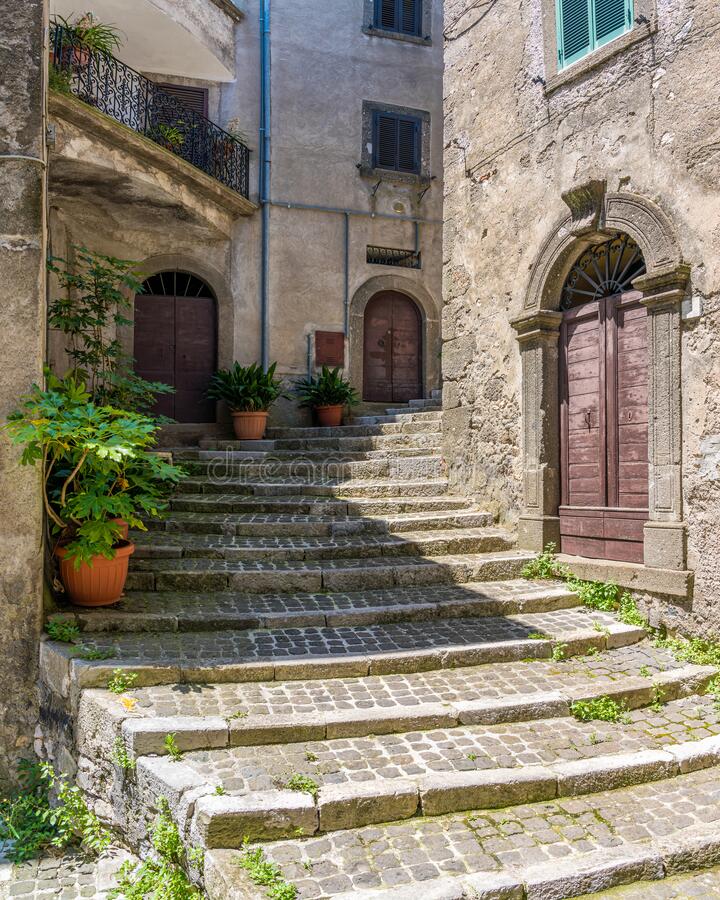
The mayor’s personal email has been given for applications (sindaco@comune.patrica.fr.it) and further contact info here.
Next steps…
The international press generated by the initiative has sparked overwhelming interest; a gold rush of sorts for affordable real estate in Italy. But it goes without saying, both mayors and buyers should proceed with caution. “I don’t want my town invaded by a property stampede or to turn into the latest housing speculation deal,” the mayor of Castropignano told CNN news, which is why he and several others have offered up their personal email addresses to personally select applicants, rather than sell to the highest bidder. “This a targeted, tailored operation,” he adds. “People need to know what exactly they’re signing up for.” For a dream fixer-upper purchased at 1 euro, buyers should budget for a council-mandated minimum renovation expense of around 15,000 euros and depending on individual standards of taste and comfort, some have spent no less than 100,000 euros. While interested parties in the 1 Euro project set out to purchase dilapidated houses with the bargain basement price tag, some have ended up settling for more expensive homes in better shape on the traditional market. And don’t forget, one of the challenges for many buyers is the language barrier, especially in these small towns.
Still interested?
Research is essential, and we suggest you start with this webinar, in which questions about One Euro Homes project are answered by attorneys, realtors and people who have actually done it.
And here’s another webinar on moving to Italy: visas, permits, property, tax, accounting, and culture…


